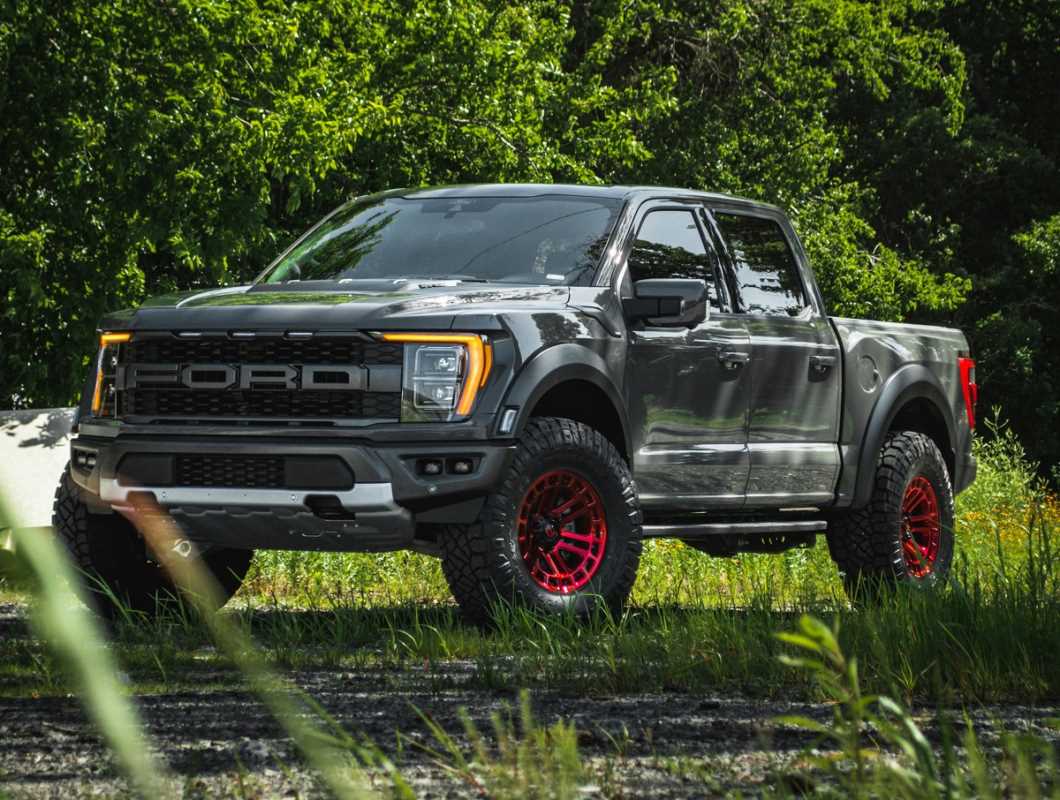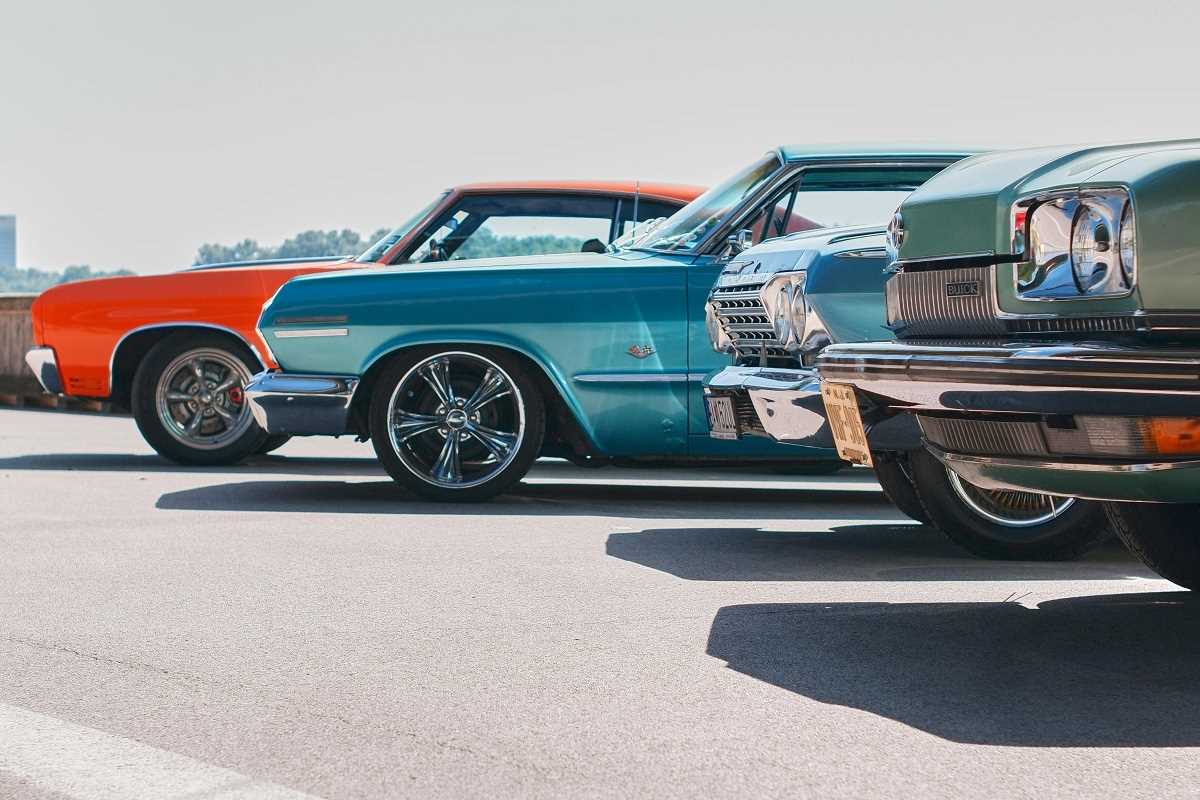Adding aftermarket parts to a vehicle is a popular way to enhance its appearance, functionality, or performance. However, insuring a car with modifications requires careful consideration. This FAQ explains how car insurance works when it comes to aftermarket parts and what you can do to ensure they’re properly covered.
What Are Aftermarket Parts?
Aftermarket parts are vehicle components that are added, upgraded, or replaced after the car leaves the manufacturer. These can range from cosmetic enhancements to performance-focused modifications.
- Types of Aftermarket Parts:
- Cosmetic Upgrades: Custom paint jobs, body kits, spoilers, and tinted windows.
- Performance Enhancements: Turbochargers, high-performance exhaust systems, or upgraded suspension kits.
- Technological Add-Ons: High-end sound systems, navigation tools, or dash cameras.
Example: If you upgrade your SUV’s factory-installed wheels to premium alloy rims, the rims are considered aftermarket parts.
Although these modifications can improve your vehicle’s value or functionality, they’re not always covered under standard insurance policies.
Does Standard Car Insurance Cover Aftermarket Parts?
Most standard car insurance policies offer limited or no coverage for aftermarket parts. They are primarily designed to cover factory-installed components included in the car’s original purchase.
- Default Coverage:
- Factory-installed parts are generally covered for repairs or replacement after an accident.
- Aftermarket parts, however, may not be reimbursed unless explicitly declared and covered by your insurer.
- Exceptions:
- Some insurers may allow a small amount of coverage for aftermarket accessories, such as rims or stereo systems, but it might only extend up to a capped limit (e.g., $1,000). Beyond this limit, additional coverage is typically required.
Example: If your custom $3,000 stereo system is stolen and your standard policy only offers $1,000 for personal accessories, you’ll have to pay the remaining $2,000 out of pocket unless you’ve purchased extra coverage.
Check your policy or talk with your agent to confirm whether aftermarket parts are included under standard coverage.
How Can You Insure Aftermarket Parts?
To protect your vehicle's upgrades, you can seek specific coverage options tailored for aftermarket parts.
- Add an Endorsement or Rider:
- Most insurers offer options to expand coverage for aftermarket parts. You’ll need to declare your modifications and provide proof of their value through receipts or appraisals.
- Example: Adding an endorsement for a $4,000 body kit ensures the kit is covered in case of damage or theft.
- Specialty or Custom Car Insurance:
- If you’ve made substantial modifications to your vehicle, specialty car insurance may be the ideal choice. These policies are often used for custom cars or show vehicles and offer comprehensive coverage for modifications.
- Agreed Value Policies:
- An agreed value policy insures the vehicle for a set amount, which takes into account not only the car’s market value but also the upgrades you’ve added. The insurer and policyholder agree on this value upfront.
- Gap Insurance for Modified Cars:
- If your loan or lease on the vehicle doesn’t account for the value of aftermarket parts, gap insurance can help cover the difference between your car’s value and the remaining amount owed.
- Coverage Requirements:
- When purchasing extra coverage, you’ll need to provide detailed information. Insurers may ask for itemized receipts for each modification, photos of the upgrades, and proof of professional installation.
These options vary depending on the insurer’s offerings, so comparing policies is essential.
What Factors Affect Coverage for Aftermarket Parts?
Several factors can influence an insurer's willingness to cover aftermarket parts and determine your premiums.
- Type of Modifications:
- Cosmetic changes like paint jobs are often easier to insure than performance-enhancing modifications, which can increase your risk of accidents.
- Modifications that alter your vehicle’s speed or power (e.g., turbochargers) may trigger higher premiums as they’re considered high-risk.
- Usage of the Vehicle:
- Insurers will evaluate how and where you use your modified car. If it’s driven daily, the risk level is higher than for a vehicle used sparingly for shows or recreational purposes.
- Example: A Jeep fitted with an off-roading kit might face stricter coverage rules if it’s frequently used on rugged terrain.
- Value of Upgrades:
- Expensive modifications increase your car’s overall value, which means the insurer assumes greater liability. Ensure your coverage matches the actual value of your upgrades to avoid underinsurance issues.
- Installation:
- Professionally installed modifications are seen as less risky compared to DIY projects. Insurers may prefer upgrades done by certified mechanics or specialists.
- Age and Condition of the Vehicle:
- Older vehicles with modifications may require specialized policies, particularly if they no longer align with the factory specifications.
- Driving Record and Location:
- Beyond the parts themselves, your personal driving history and ZIP code also influence premiums. High-claim or high-theft areas can lead to higher costs for insuring aftermarket modifications.
Understanding these factors can help you negotiate better terms with your insurer or choose an appropriate provider.
What Are Some Examples of Aftermarket Parts That Require Special Coverage?
Certain high-value parts and modifications necessitate additional coverage due to their cost and risks. These include:
- Custom Wheels and Tires: High-performance or custom alloy rims can be expensive, making them a common target for theft.
- Audio and Infotainment Systems: Upgraded stereo equipment or touch-screen displays often exceed coverage limits on standard policies.
- Turbochargers or Superchargers: These performance enhancements not only increase your speed but also your overall premium.
- Lift Kits: Used to raise the suspension for off-roading, lift kits can be costly to replace and significantly alter your vehicle’s handling, affecting coverage.
- Body Kits and Paint Jobs: Custom exteriors, including wraps or airbrush designs, are not covered under standard policies unless declared.
Example: If you’ve added $15,000 worth of upgrades to your muscle car, your standard insurance may only cover the vehicle’s base value, leaving the modifications uninsured without added coverage.
By addressing these parts explicitly in your policy, you’ll ensure proper protection if the unexpected happens.
How Can Drivers with Modified Cars Save on Insurance Costs?
While insuring a car with aftermarket parts can be more expensive, there are ways to reduce costs:
- Bundle Policies: Combine your auto insurance with homeowners or renters insurance for discounts.
- Invest in Anti-Theft Devices: Enhanced security can lower theft risks, resulting in lower premiums.
- Choose Necessary Modifications Only: Focus on upgrades that are essential or add significant value.
- Maintain a Clean Driving Record: Safe driving habits can lower your overall insurance costs.
- Shop Around: Different insurers offer varying rates and policies for modified cars. Compare multiple quotes to find the best fit.
By taking proactive steps, you can enjoy the benefits of upgrading your vehicle without overspending on insurance.
 (Image via
(Image via





